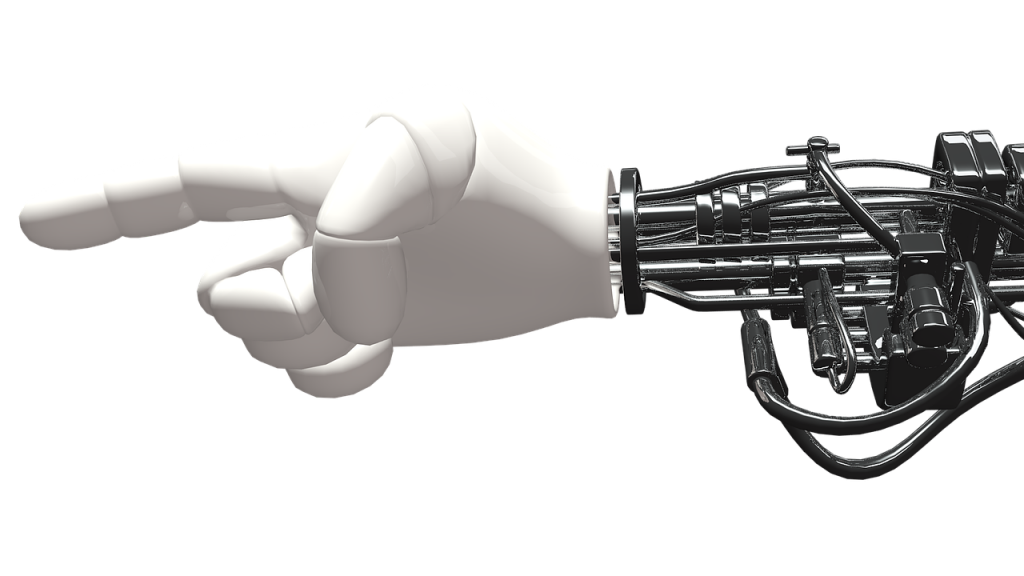With the rise in technology and population, demand for robotics and artificial intelligence continues to rise. To keep up with the high demand, robot manufacturers are doing everything they can to ensure that they create robotics that are efficient and flexible. Today’s robots are not only modern, but they come with many features such as arms and grippers that older traditional industrial robots lacked.

Some of the most reputable robot-manufacturing firms make it even easier by ensuring that their robots come with ease of use and flexibility. One good example is Universal Robots, a top Danish robot-manufacturing firm that makes state of the art cobots that are flexible, safe, and easy to work with. Universal Robots has the UR e-Series and recently introduced the eseries in the market, which compliments the older cobotic arms.
Talk about robotics mostly focuses on what they can do and the benefits they come with for industries. You do not get to hear much of what the challenges robotics manufacturers of these robotics go through in implementing them. Implementing a Universal Robot or any other kind of robot in an industry comes with challenges that you probably do not get to read about often.
The new line of robotics that you see in many industries today is a better in every way than the older traditional robots. They are smaller, weigh less but they can do more than the older robots did. A lot goes into making these new age robotics to be as efficient as they are. The manufacturing industries however go through a number of challenges in implementing the robotics. Some of the challenges are as follows.
One of the challenges that many of the robot manufacturing companies encounter is lack of skilled workers. As much as todays collaborative robots come with features that allow them to act almost human, they still need skilled workers to create software, sensors, and other applications. With people retiring, replacements are hard to come by. Is there a solution for this problem?
The solution manufacturers are coming up with is to create more cobots to replace humans. The cobots learn to perform several tasks with the guidance of a human and the end of the training by they can perform tasks with less or no guidance at all. UR cobots come with robotic arms while others come with both arms and face screens that make it easier to communicate with humans. Robots are making it easier for industries not to worry much about the lack of skilled labour.
In the past, robots did not work alongside humans as today’s cobots do. The isolation meant more safety guaranteed for the humans. With today’s cobots working alongside humans, there is the question of how safe the humans are working alongside machines. Luckily, for many industries, cobot-manufacturers ensure that their devices come with all safety measures in place. Some of the safety measures include:
Technology is not cheap and this is a challenge many big and small industries go through. Installing cobots in workstations cost money and some companies fail to sustain the costs that come with the new implementations. The solutions that some robot manufacturing companies offer for such companies are robot rentals. Renting a robot allows the company struggling to sustain new technology costs the ability to enjoy the services of a robot at lower rates.
The challenges do not stop manufacturing companies from improving their robots to keep with the growing need for robots in workstations. The new look cobots are not only efficient but they are cost efficient as they improve production rates allowing the companies to make better ROI.